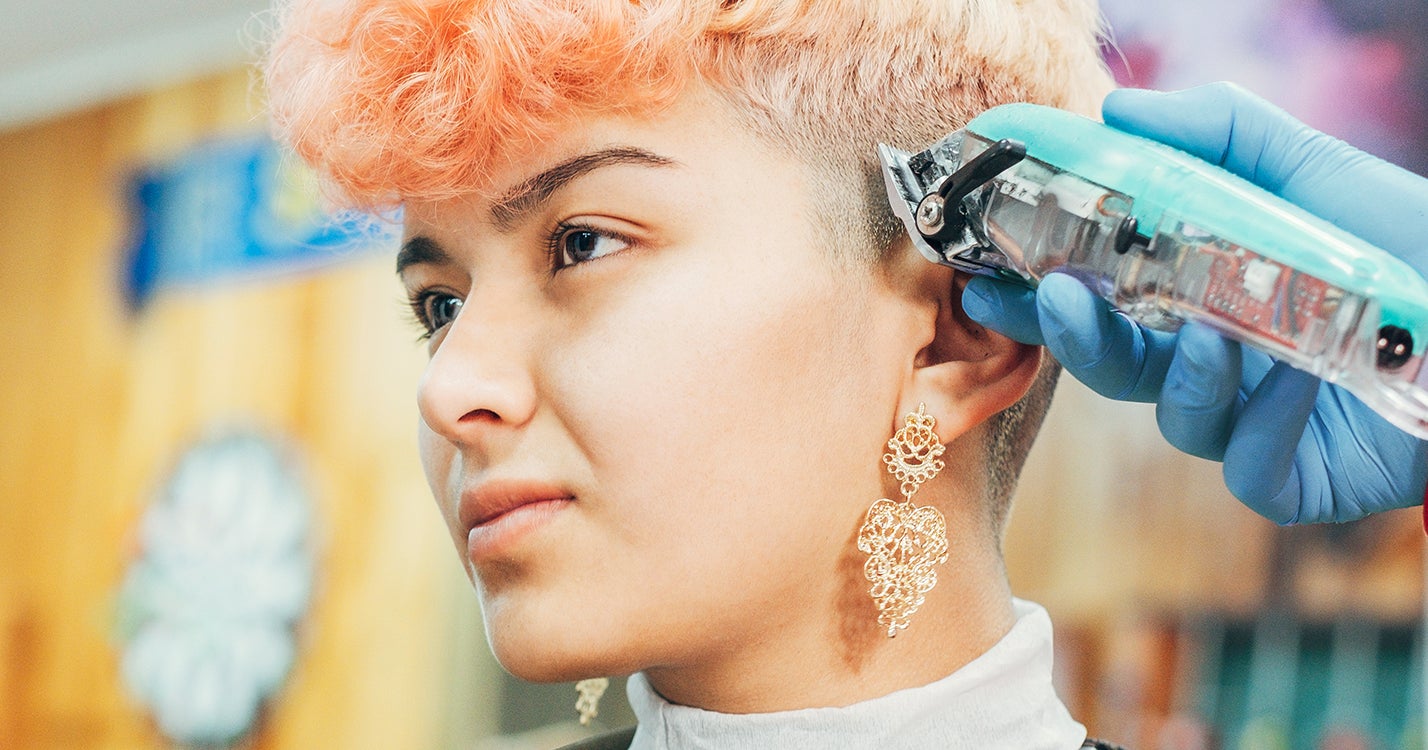Krystel McNeil and Noah Wyle appear on The Pitt on HBO.HBO
The Pitt is the first time you’ll ever willingly spend 15 straight hours in an emergency department.
The addictive weekly Max medical drama, which premieres Thursday in Canada on the USA Network channel (formerly Discovery) and streaming service Crave, is a cross between ER and 24.
Over its 15 hour-long episodes, it depicts a single extended shift by chief attendant Dr. Michael “Robby” Rabinavitch (Noah Wyle) in the emergency room of the fictional Pittsburgh Trauma Medical Hospital.
Departing from real-time reality, this is an engrossing ride – and a relentlessly emotional one, dealing as it does with life-and-death stakes from minute to minute.
While the U.S. medical system is largely seen as a cautionary tale by Canadians, that doesn’t stop us from enjoying the new twists on the medical genre that the American television industry regularly pumps out.
ER, which ran from 1994 to 2009, has never really been surpassed in terms of quality network television – and The Pitt is indebted enough to that NBC classic that there is a lawsuit pending from the estate of ER’s creator, Michael Crichton. (One, for the record, that The Pitt producer Warner Bros. Television has deemed “baseless.”)
The two emergency room shows do unquestionably share an executive producer in John Wells. The Pitt’s creator and showrunner, R. Scott Gemmill, is also an ER veteran of seven seasons. He was born and raised under universal health care in Canada but has spent the vast majority of his career in the United States being treated under whatever health insurance TV writers get.
The connections between the shows also include a central performance by Wyle, who played Dr. John Carter on ER for most of its run, starting as a third-year medical student making his way up to attending physician.
The underrated American actor’s ability to communicate urgency in an understated manner is put again to great use in portraying The Pitt’s more immediately mature Dr. Robby, who is having a particularly tough shift, as it falls on the anniversary of his mentor’s death at the height of the pandemic.
The trauma of the health crisis and its terrifying intubations is a subtly recurrent theme, surfacing in the long-term symptoms it has left behind, including a rise in antisocial behaviour and even violence against health care workers, not to mention culture wars about masking and vaccines.
Other things that distinguish the streaming show from its network ancestor are the setting – Pittsburgh rather than Chicago – technological innovations and the fact that no one seems to shout “Stat!” any more.
Less superficially, The Pitt speaks to today in the way it attempts to dramatize the toxic drug crisis and issue of systemic bias in medical care – though, occasionally, as a series set in a teaching hospital, it only has time for quick, didactic lectures.
The most notable difference is the real-time structure. There are no split screens or digital clocks as in the counterterrorism action of 24, a sense of urgency instead conjured mainly by Dr. Robby constantly being called into other operating rooms and, in a minor subplot, never finding time for a pee break.
Television dramas have often mainly played around with real-time in individual episodes – ER being a notable example, in an 11th season episode called Time of Death that followed the final 44 or so minutes of an alcoholic played by Ray Liotta (who won an Emmy Award for that performance).
But an Aristotelian unity of time and place over extended episodes does have drawbacks. It leads to contrivances and occasionally a sense of narrative circularity. The stakes are more than high enough without a hospital administrator popping by every couple of hours to complain about patient satisfaction scores and threaten Dr. Robby with dismissal; it could stand to break away from expectations more often.
Mostly, however, The Pitt’s as-the-clock-ticks gambit works well and has a particularly dramatic payoff when we as viewers get to follow the trajectory of the parents of a popular young college student who is admitted as a fentanyl overdose over many hours and excruciating decisions.
Likewise, watching a new group of student doctors played by Shabana Azeez, Taylor Dearden, Gerran Howell and Isa Briones reveal the stuff they are (or aren’t) made of is very satisfying; the narratives for the more established doctors are more obviously torqued so they can each have a personal journey – but that’s just TV.
It’s a bit surprising that Max would choose to release such an addictive show as a serialized production rather than as a binge. With only 10 of its 15 episodes made available for review, and the last not coming out until April, I’m both extremely curious to see if the series stitches every storyline up neatly at the end and – I suppose this is true of a real-life ER trip – frustrated by the long wait.















